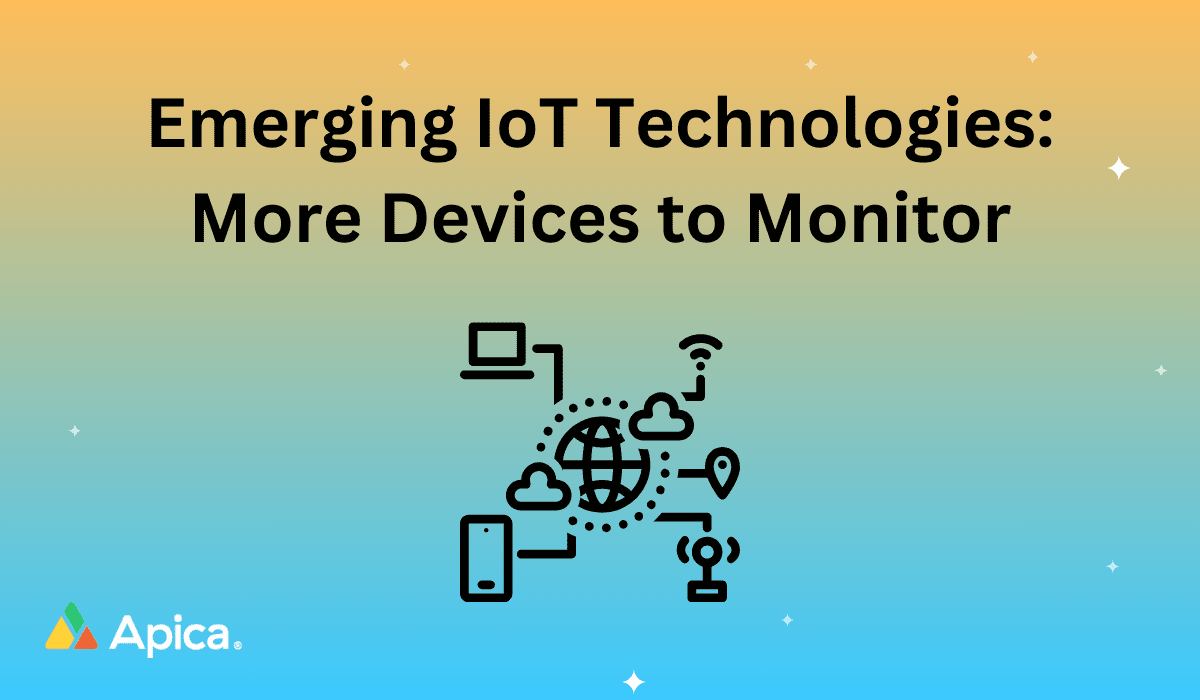Internet of Things devices serve as one of the most exciting opportunities for businesses to grow but come with the caveat of far greater reliance on monitoring and load testing technologies. It’s very much a paradigm shift in how many devices-per-person Internet infrastructures needs to look at handling; it’s no longer one computer and smartphone each, but rather dozens of devices for each person doing different things. The following emerging IoT technology needs are coming to a server near you and could even be talking to your applications via the API economy. These new devices are creating a massive influx of new devices that make data center and server monitoring more important than ever.
IoT Device Monitoring and Management
Not only do the IoT devices communicate with applications to serve their primary function, like a smartwatch sending heartbeat tracking information to a phone, but also applications dedicated to monitoring and managing the devices themselves. According to Material Handling & Logistics, these secondary hosted applications handle tasks including monitoring device performance, tracking diagnostics, keeping firmware updated, applying security updates, and data reporting. While device monitoring is unlikely to encounter traffic spike situations, the infrastructure needs to be prepared to grow as new devices are added to the system, which makes applying a server asset scaling strategy vital.
IoT Analytics
The applications used to collect information from IoT devices and the applications that analyze the collection information are not necessarily the same thing. Both monitoring and scaling strategies are important elements for knowing when the analysis application servers need to be upgraded and where to apply those upgrades. These applications need to exist in “always on” environments and may need to constantly track active devices or be ready to sync with others on check-in. These applications will be facing continually increasing data volumes for analysis; according to Christian Renaud, cited by ZDNet, the amount of data these platforms are pushing is far beyond human management capabilities.
IoT Device Tracking
As IoT devices move towards overwhelmingly outnumbering employees, businesses are needing ways to keep track of all of their IoT assets. While one product line may feature device management for all devices within that line, it’s just not going to be practical for a business to use as many different applications as devices to make sure all devices are accounted for. Instead, the device APIs can communicate with an additional application, which also requires testing and monitoring, to centralize tracking. This concept is important for fleet and inventory management.
Find out more about how Apica can help your business prepare and maintain its online infrastructure to handle IoT growth. Contact us today!










